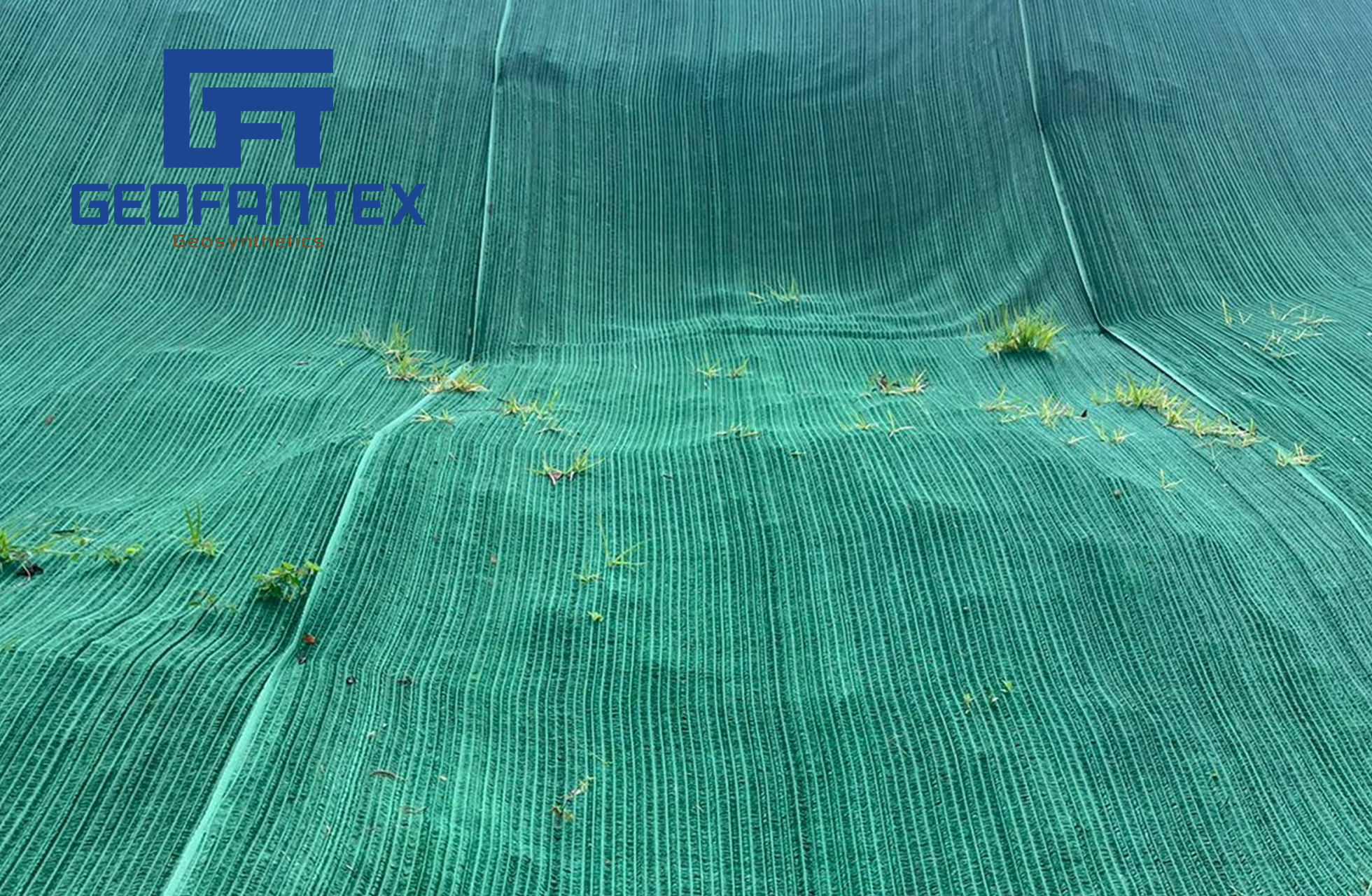+86-159 9860 6917
info@geofantex.com
geofantex@gmail.com
+86-400-8266163-44899
Soil erosion on slopes can lead to significant environmental and structural issues, including landscape damage, loss of fertile soil, and pollution of waterways. One innovative solution to this problem is the use of geocell technology. Geocell is a 3D cellular network specifically designed to stabilize topsoil, promoting sustainable vegetation growth even on slopes with an incline that can reach or even exceed 45 degrees. These honeycomb-like structures made from polymer materials are designed not only to stabilize but also to protect the soil. This article explores how geocell technology can be effectively utilized to prevent soil from washing away on a slope, focusing on its practical application and effectiveness.
What is Geocell in Slope Protection?
Geocell technology serves as a groundbreaking approach to slope protection, employed to protect slopes from erosion and assist in stabilizing the surface. These cellular confinement systems are engineered to stabilize the soil by confining materials within a network of interconnected cells. This enhanced structure promotes better load distribution and reinforces the earth, making it highly resistant to erosion and sliding. Particularly effective on slopes, geocells can be filled with soil, gravel, or concrete to create a solid and stable base that supports vegetation and minimizes runoff.
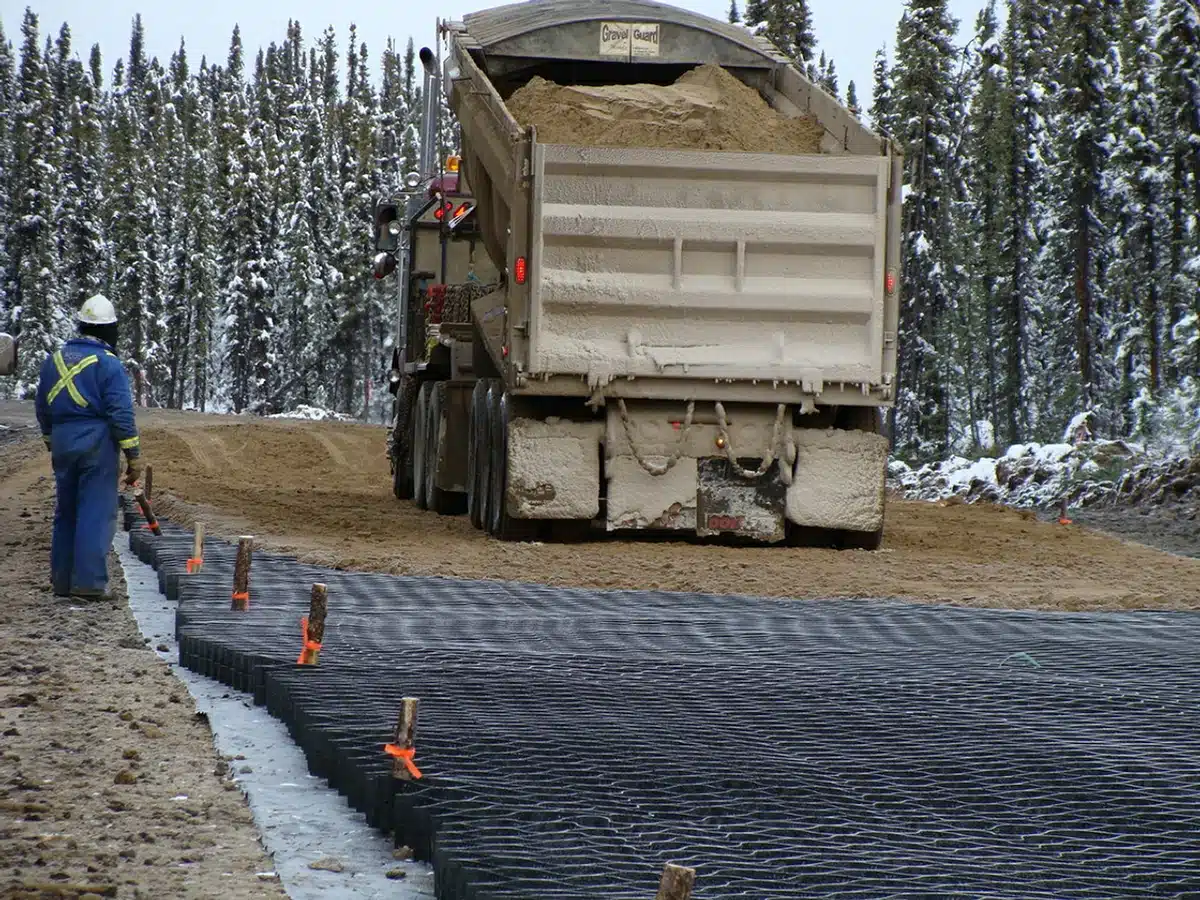
What is the Maximum Slope for Geocell?
The maximum slope that geocell technology can effectively stabilize depends on various factors, including soil type, cell size, and infill material. Generally, geocells can be used on slopes with gradients up to 60 degrees when properly anchored and filled, although optimal effectiveness is often achieved at angles around 45 degrees. For steeper slopes or in areas with high-risk erosion factors, additional reinforcement or specialized engineering may be required to ensure stability and effectiveness.
How to Use Geocell on a Slope?
Using geocell technology on a slope involves a comprehensive approach to ensure stability and effective erosion control:
- Site Preparation: Begin by clearing the site of all vegetation and debris. It’s crucial to excavate your space and grade the slope to the desired angle, creating a solid base for the geocell installation.
- Geocell Deployment: Deploy the geocell panels by rolling them out and expanding them to adequately cover the prepared area. Lay any additional fabrics if required to enhance the base layer. Secure the expanded geocells with stakes at the edges and joints to ensure they remain in place.
- Filling: Add your infill materials into the geocell panels. This typically includes soil, sand, or gravel depending on the project needs. It’s important to fill the cells uniformly and compact the fill to prevent any settling or shifting, ensuring long-term stability.
- Vegetation: To complete the installation and promote natural erosion control, plant grass, or other suitable vegetation. This vegetation will help further stabilize the soil and integrate the structure into the natural environment.
Does Geocell Work?
Geocell technology has proven to be highly effective in stabilizing slopes and preventing soil erosion. Studies and practical applications have shown that geocells not only prevent soil loss but also support sustainable vegetation growth, which further contributes to slope stability. The success of geocell systems in various climates and soil types makes them a versatile and reliable solution for erosion control.
Using geocell technology on a slope involves several key steps and has proven to be an effective way to retain earth and water, thereby stabilizing slopes and preventing soil erosion. Numerous studies and practical applications have demonstrated that geocells not only prevent soil loss but also support sustainable vegetation growth. This dual function enhances slope stability and contributes to effective water management. The success of geocell systems across various climates and soil types highlights their versatility and reliability as a solution for erosion control.
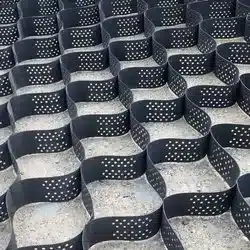
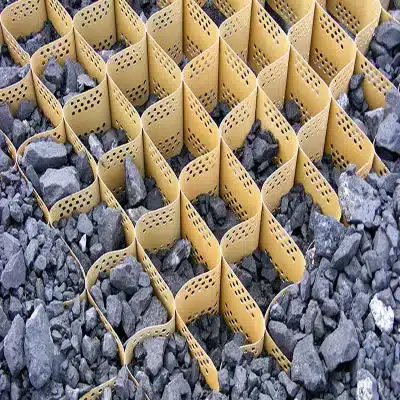
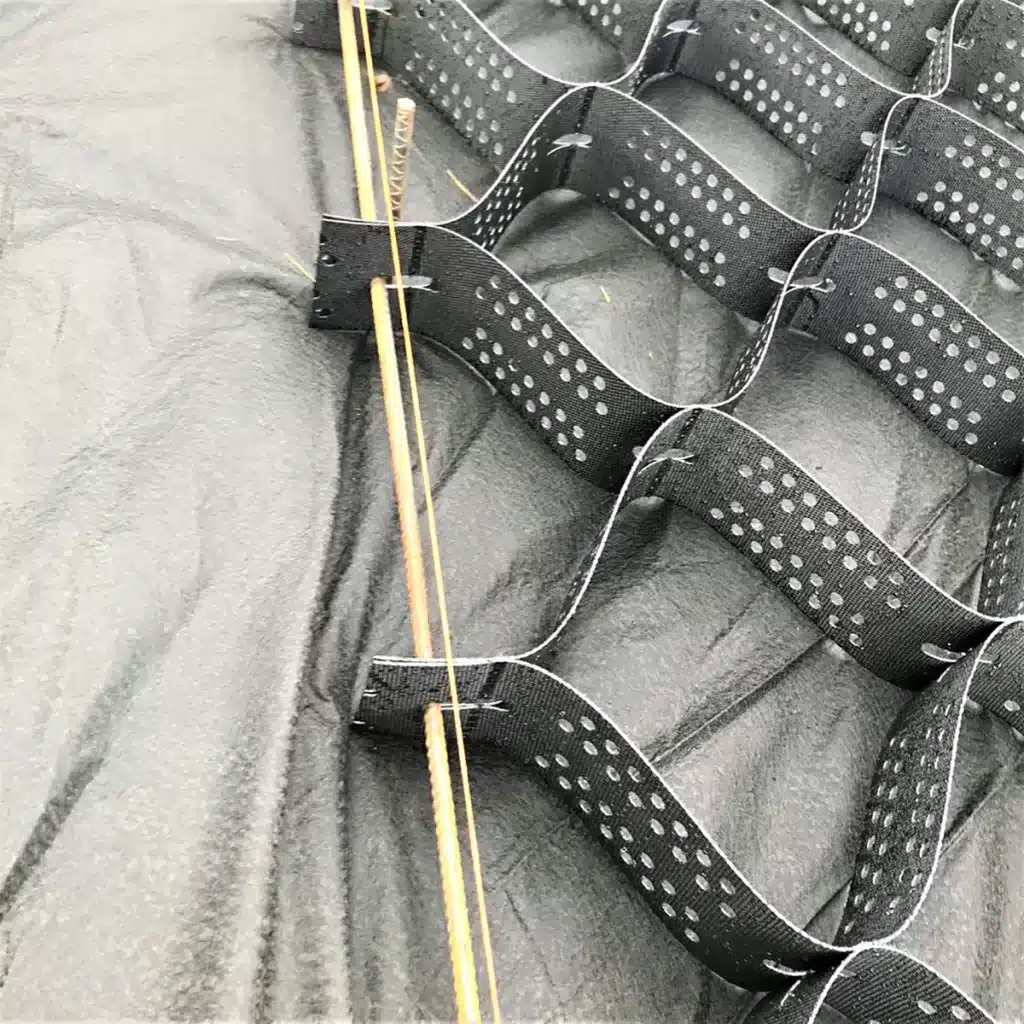
Get Free Sample
We’ll respond as soon as possible(within 12 hours)


















